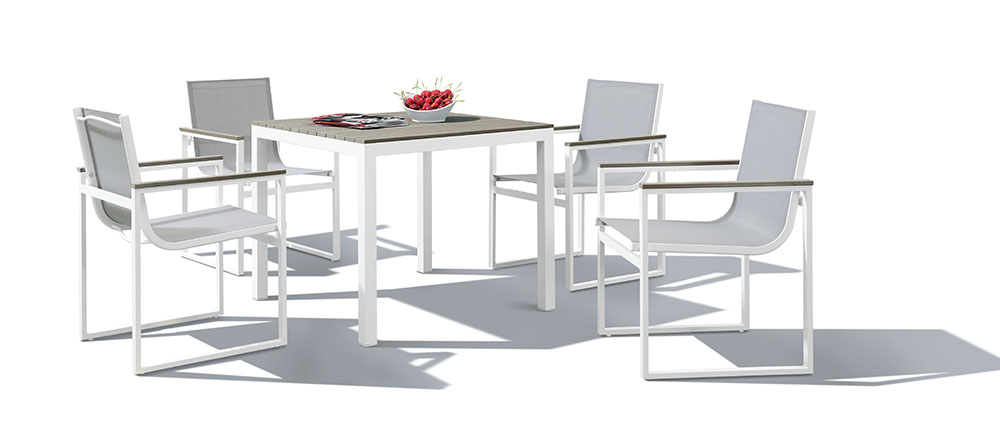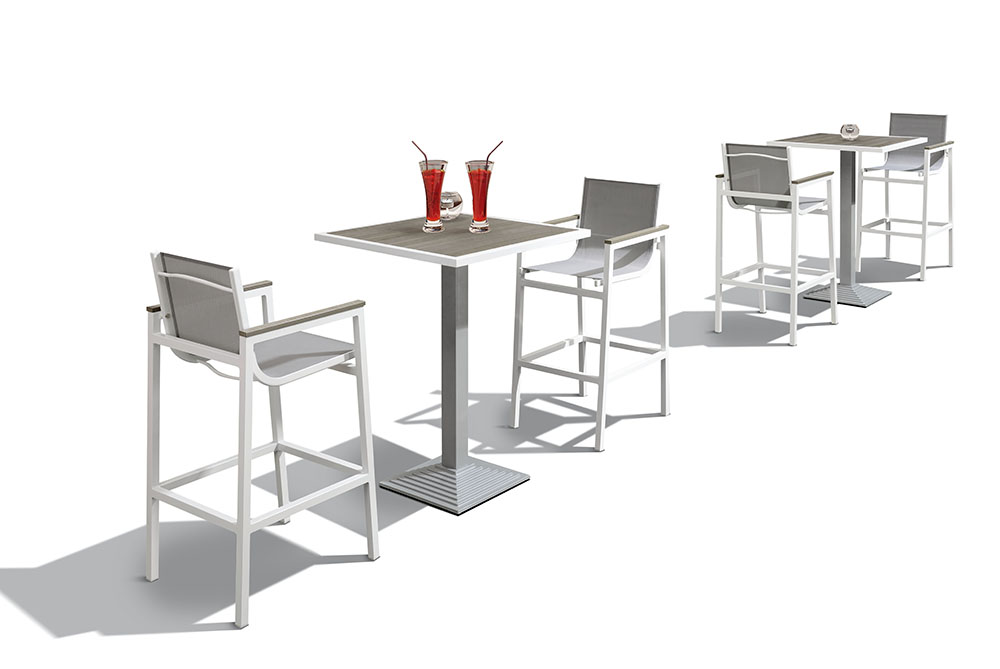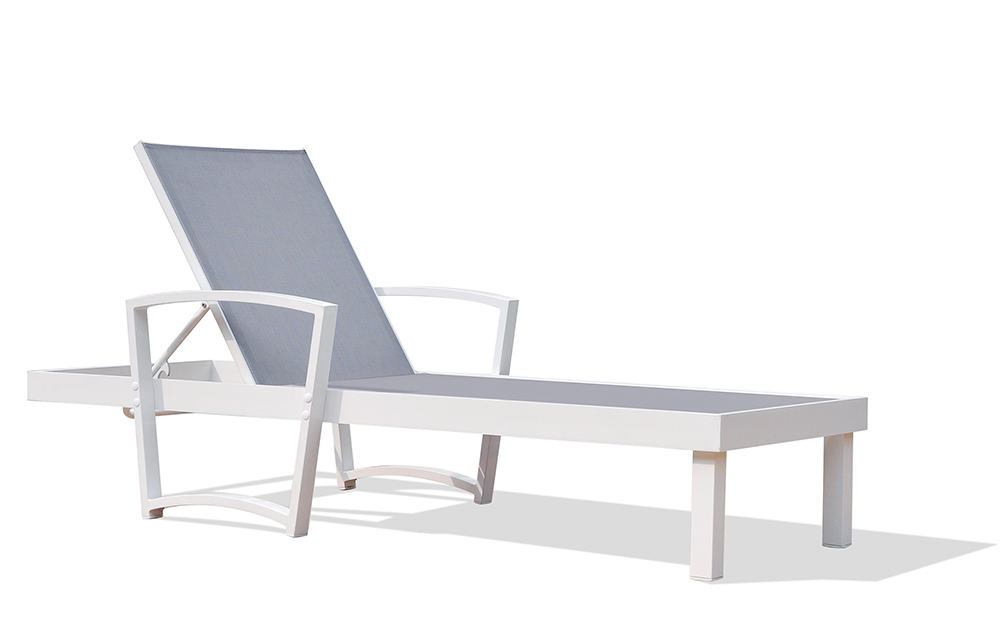Stacking of paper and ink residue on blanket
In the offset printing process, there are many causes of the imprinting, but the main reason is the accumulation of paper and ink residue on the blanket. In general, after washing, the blanket will begin to accumulate about 1,500 sheets, and its accumulation effect is mainly affected by the following aspects.
1. Effect of ink viscosity on stacking
Viscosity of inks is divided into viscous and wet viscosities, and dry viscosities are understood to be the viscosities exhibited when inks do not contain fountain solution components; wet viscosities can be understood as inks during printing. Viscosity exhibited after containing fountain solution. Viscosity changes in the batch printing process. When the ink viscosity is lower than the paper sheet lint limit, the imprint is neither full nor defective during the entire printing, and it is not easy to generate paper piles; when the ink is sticky When the hysteresis is higher than the limit of paper lint, the print will become more and more bleary during the printing process. Due to the high viscosity of the ink, many small papers are pulled from the surface of the paper, causing the paper to accumulate on the blanket. In addition, the paper surface has a few loose small particles (paper powder), and small particles are also easily separated from the paper in the inking portion of the blanket to form a stack.
At the beginning of printing, that is, soon after washing the blanket, the amount of ink in the graphic part (dot, line, and solid) was transferred to the paper by 100% under the normal fountain solution volume. However, after printing to 1500 sheets or when the lubricating fluid is not normal, the ink on the blanket will cause a build-up phenomenon, which is more apparent through high-power photomicrographs. The dots transferred to the paper were damaged in diameter, and dots with no ink were present in the middle of the dots. Therefore, the dots were pale, indicating that the amount of ink transferred to the paper was reduced. If you don't wash blankets or make correct adjustments to dampening fluid volume and ink volume, more and more paper, paper dust, and ink residues will accumulate on blankets, and blots will continue to become lighter. The ink-free part of the dots will have to be further expanded, among which the trend of lightening of the screen printing products will become more apparent.
2. Effect of dampening fluid on accumulation
(1) Effect of fountain solution on ink viscosity
From the above, we can see that the ink viscosity is divided into two types: viscous and viscous. Wet viscosities are lower than dry viscosities because moisture reduces the viscosity of the ink. It can be seen that the amount of fountain solution has a direct effect on the viscosity of the ink, that is, it has a direct impact on the accumulation phenomenon. Under normal circumstances, the viscosity of the ink decreases with the increase in the amount of fountain solution, but due to various factors such as ink type, model, and the temperature of the ink roller, there are other experimental conditions that indicate the wet viscosity of the ink. As the amount of fountain solution increases, it does not always decrease. Therefore, we must pay attention to observation and adjustment.
(2) Fountain solution volume In addition to the effect on the paper powder and ink accumulated on the blanket, the paper powder and paper coating can also be adhered and dissolved by the fountain solution and accumulated on the blanket. This type of stacking often occurs on paper that is highly stackable and accumulates on the surface of the blanket. When the accumulation reaches a certain level, it expands toward the print part. In the case of ink layer thickness, ink viscosity, temperature, humidity, and solid density conditions, as long as the fountain solution gives enough, there is no such deposit on the blanket. Of course, what is said here is to give enough dampening solution that even if some fountain solution is used to print, it will not make the printed product appear water marks and guarantee the quality of the printed product.
(3) Some offsetting laborers are pursuing "water-ink balance" in a dogmatic way, and continuously reducing the amount of water in the printing process, while ignoring the influence of the above-mentioned pile-up effect on the imprinting of the imprint, resulting in aggravating the accumulation phenomenon and the imprinting continues to be shallow.
In summary, during the offset printing process, the printing quality was significantly changed due to the stacking effect—the imprinting became lighter. This kind of accumulation is not inevitable. In addition to diligently washing blankets to ensure print quality, ink viscosity must also be adjusted. In addition, the amount of fountain solution used in the entire batch of prints exceeds the specific accumulation of printed stations. Limit value, the interval between washing blankets will be greatly extended. At this time, it is of great importance to eliminate the problem of shallower blots and ensure the consistency of the entire batch of prints.
Sling COLLECTION
Sling collection combines clean contemporary lines with the functionality of worry free materials. Constructed using plastic wood armrest / top, sling chair features with recycled wood frames and grey high density sling upholstery. The simplicity associated with modern designs along with mortise and tenon joinery put it on top of the outdoor sling category.
Quick Overview
• Rust proof aluminum frame
• Powder coat Gloss White finish
• High density textilene outdoor fabric
• Recycle plastic wood arm caps
• 3 year frame and finish warranty
• 2 year fabric warranty
5PCS DINING SET

3PCS BAR SET

ADJUSTABLE CHAISE LOUNGE

Sling Patio Furniture,Textile Fabric Sling Patio Furniture,Outdoor Sling Patio Furniture,Garden Sling Patio Furniture
Golden Eagle Outdoor Furniture Co., LTD. , https://www.geoutdoor.com